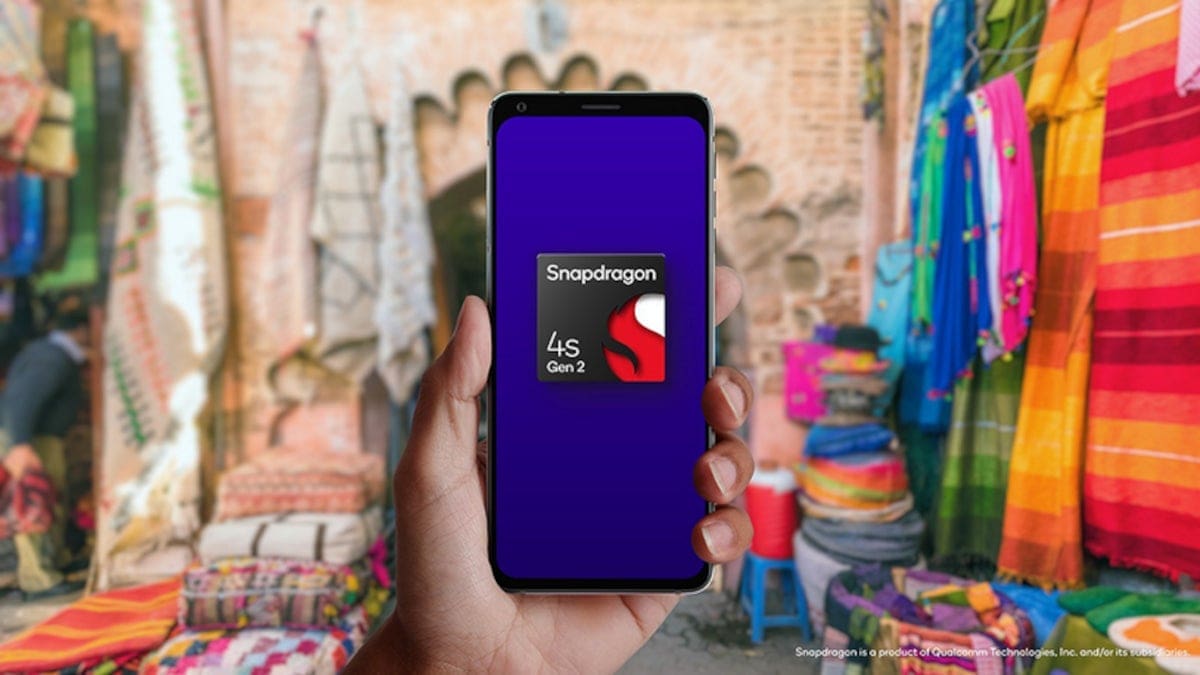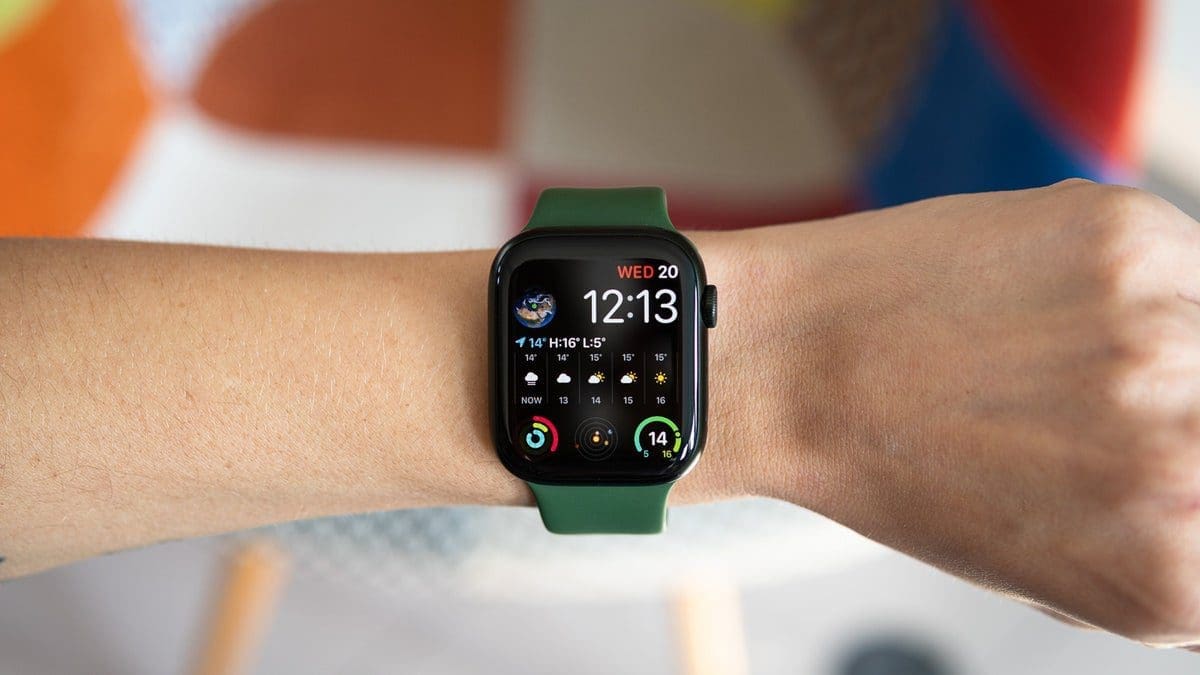Samsung and LG, two prominent OLED display manufacturers, have approached Apple with a new micro-lens array (MLA) technology for iPhone screens. This technology has the potential to significantly reduce power consumption or increase brightness levels while maintaining the same power usage. However, it’s uncertain whether Apple will implement micro-lens OLED in the upcoming iPhone 16, as there are some drawbacks such as slightly reduced brightness at certain viewing angles.
MLA displays utilize small lenses to direct light directly towards the surface of the display panel and the user’s eyes, rather than refracting it in other directions. This leads to increased brightness and lower battery consumption to achieve the same level of luminance. Considering iPhone displays already offer impressive brightness levels, such as the iPhone 14 Pro Max’s advertised peak brightness of 2,000 nits, integrating MLA OLED panels in the iPhone 16 could potentially result in a significant boost to battery life. The display is one of the most power-consuming components in a phone, alongside the processor and GPU during intensive gaming sessions.
However, there’s a drawback to multi-lens array OLED displays. The light is refracted directly towards the screen’s surface, making it less visible from side angles. Samsung and LG have proposed solutions to Apple to overcome this issue by utilizing different organic light-emitting diode materials that allow adequate side visibility. Unfortunately, this may result in higher OLED display prices for Apple compared to its current agreements with Samsung and LG. As a result, it’s yet to be seen if Apple will adopt multi-lens array OLED screens for its 2024 iPhones. With the upcoming iPhone 15 Pro Max expected to have a starting price $200 higher than its predecessor, Apple will have ample time to gauge its customers’ willingness to accept such price increases.










